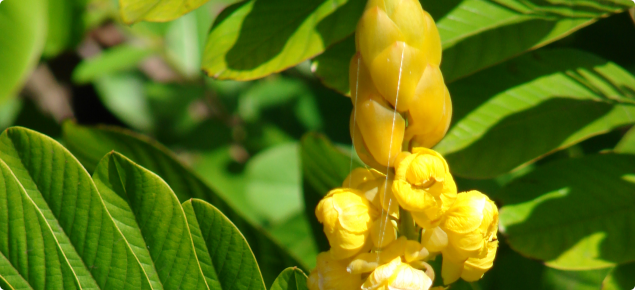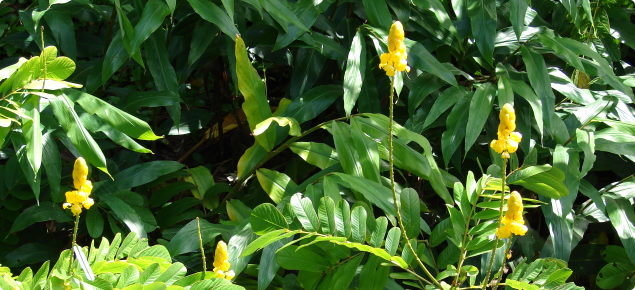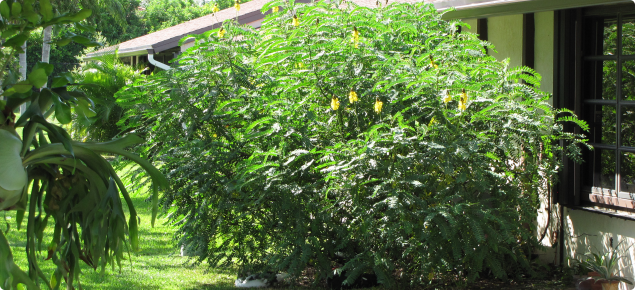Report the presence of this pest before undertaking control
Information about this pest can be found on the candle bush: declared pest page.
Chemical requirements
When using any agricultural chemicals please ensure that you always follow instructions on the label and any permit. Users of agricultural chemical products must always strictly comply with the directions on the label and the conditions of any permit. To view permits or product labels go to the Australian Pesticides and Veterinary Medicines Authority website.
Control options
No control measures are registered for this weed, however the treatments for Senna tora, S. pendula, S. obtusifolia, Senna x floribunda could apply. Chemical control options can be found below.
Chemical control options
| Recommended herbicides | Picloram + triclopyr |
|---|
| Picloram + triclopyr (Group I) (various trade names: see APVMA link) | |
|---|---|
| Active ingredient | Picloram 100g/L + triclopyr 300g/L |
| Rate of product/ha |
|
| Wetting agent | Non ionic such as BS-1000 @ 100mL/100L water |
| Remarks | Apply as high volume spray 200–400L water/ha |
| More information and other control measures |
|
| Picloram + triclopyr (Group I) (various trade names: see APVMA link) | |
|---|---|
| Active ingredient | Picloram 75g/L + 2,4-D 300g/L |
| Rate of product/ha |
|
| Wetting agent | Non ionic such as BS-1000 @ 100mL/100L water |
| Remarks | Apply as a high volume spray 200–400L water/ha |
| More information and other control measures | Spot treatment
|



